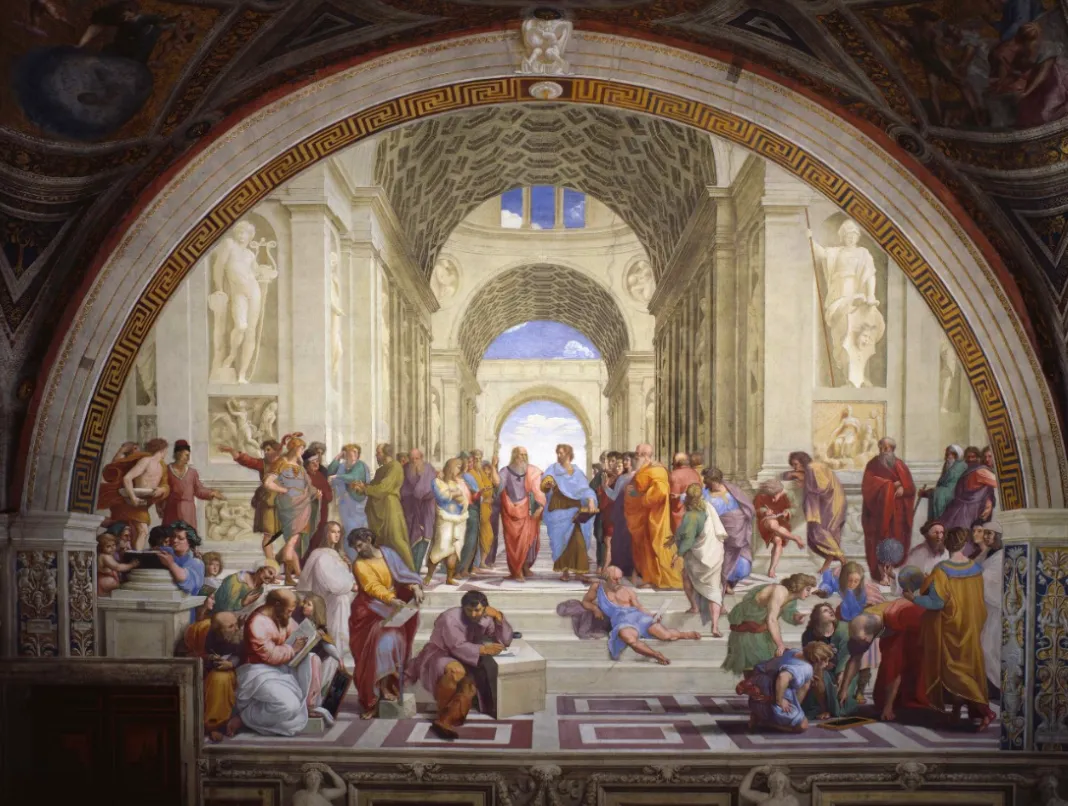Table of Contents
Underwater basket weaving is described by the Guardian as “the foppish pursuits of the already privileged” and by Wikipedia as “supposedly useless or absurd college or university courses and often generally to refer to a perceived decline in educational standards.” The original meaning of this could have been characterized by any discipline that ends in “studies,” those niche echo chambers that have filled course catalogs in the last decade. Now, however, it seems that all courses that teach skills which do not directly translate into a job are considered similarly superfluous.
Stanford claims that “it embodies the cornerstones of a strong Liberal Arts education,” but what are those cornerstones? The value of the liberal arts in the ancient world was to have the foundations of a broad education across disciplines, setting a student up to be a lifelong learner and contributor to society. That is not the case in many Stanford courses. Today, universities abuse the term “liberal arts” by using it to describe curricula that no longer teach students the liberal arts rigorously.
Stanford once required year long English, Western Civilization, mathematics, and general requirements across the humanities, social sciences, and natural sciences. Today, a hollow shell of these requirements remains in the form of COLLEGE, PWR and WAYS. In these courses, students generally do the bare minimum—many go through the requirements without reading a single book.
When students write in these courses, quality does not matter. Out of 1708 students listed in PWR, only 16 received "No Credit" or a grade lower than a B. These statistics demonstrate that grade inflation allows students to perform well without ever honing the skill of writing. On a campus social life app, Fizz, one student ran a poll on whether Stanford should get rid of PWR and 67% of 394 respondents voted yes. Clearly these courses do not inspire students to up-skill in the core parts of a liberal education.
Stanford recently realized that its core requirements were lacking, and created a new program to replace the Thinking Matters courses, which was meant to “transition students into college via multidisciplinary learning.” The new program, called COLLEGE, attempts to introduce students to “civic, liberal, and global education.” Dan Edelstein, who directs the COLLEGE program, said in an interview that the problem before was not about "how we educate students", but "why we educate them in this way." He said that "Stanford students get a liberal education in a descriptive sense," but many students do not recognize the value of this liberal education, and therefore do not currently engage in it. COLLEGE's goal is to rectify this and make the case for why a liberal education is worth it. These courses may be well-intentioned and well-received by those predisposed to reading and writing, but for the less keen, there is still a cop-out: it employs "contract grading" which means if an assignment is completed a student will get full credit, without consideration of the assignment’s quality. For many, it is yet another requirement to get out of the way.
This is in part because of Stanford’s high percentage of engineering majors, estimated in the 30-50% range. In the current system, these students have no reason to seek out a liberal arts education because they are lauded for their engineering prowess, which is what Stanford's modern reputation is built on. This challenge is not unique to Stanford (the rest of the cathedral suffers from it too), but Stanford is a leader in shifting its courses to further encourage their students in this direction. Engineering students should not be siloed in their discipline, rather these are the students that could benefit most greatly from the liberal arts.
However, it’s not that Stanford is too pre-professional. In fact, vocational schools are actually pioneering a resurgence of liberal arts. Through purely vocational teaching, West Point and the Culinary Institute of America have recognized that their students benefit more from a holistic liberal arts education. No matter how narrow a career someone picks, having a broad base of knowledge is a necessary starting point for people to excel anywhere. As Stanford edges towards becoming a trade school, it becomes more important than ever to prompt students to pursue the liberal arts.
But, Stanford is focused on the now: the immediate payoff of its entrepreneurial and technical reputation, and this is what is driving the professionalization. It is demonstrative of how modern vocations are changing. With the advent of increasingly complex technology, humans move through life making fewer decisions without the need to think deeply. Think of the typical jobs a graduate from Stanford goes into: big tech software engineer, investment banker, management consultant. All of these are heavily assisted by tools that automate parts of the job and require very little novel thinking. The liberal arts are no longer required for career success.
In ancient society, skill-training was for the plebeians; it was the upper echelons of society that received a liberal education. The liberal arts sought to prepare free men for life in society, where they could debate complex issues thoughtfully so they could vote on them. If Stanford students have aspirations to lead society, a true liberal arts education is vital.









